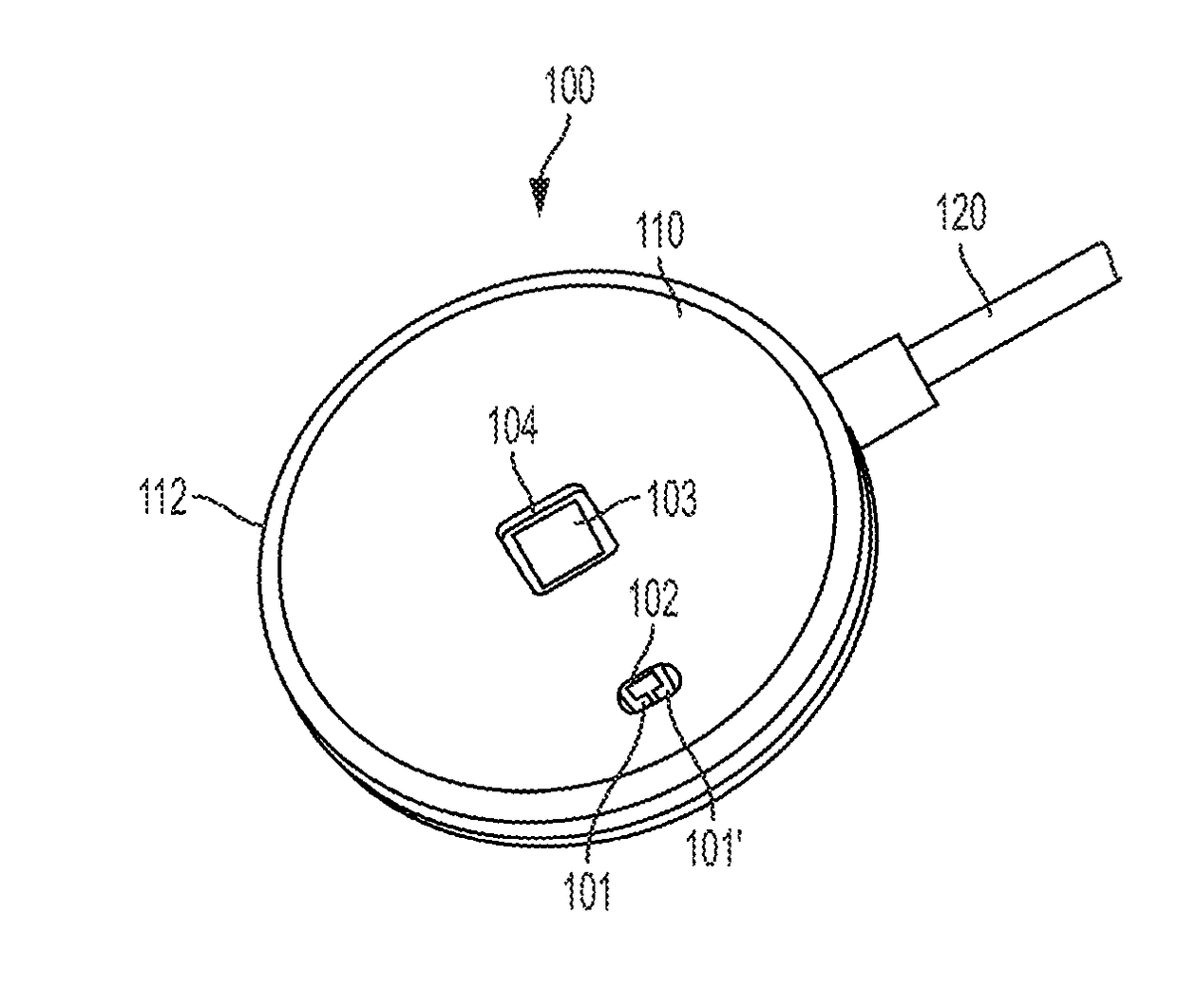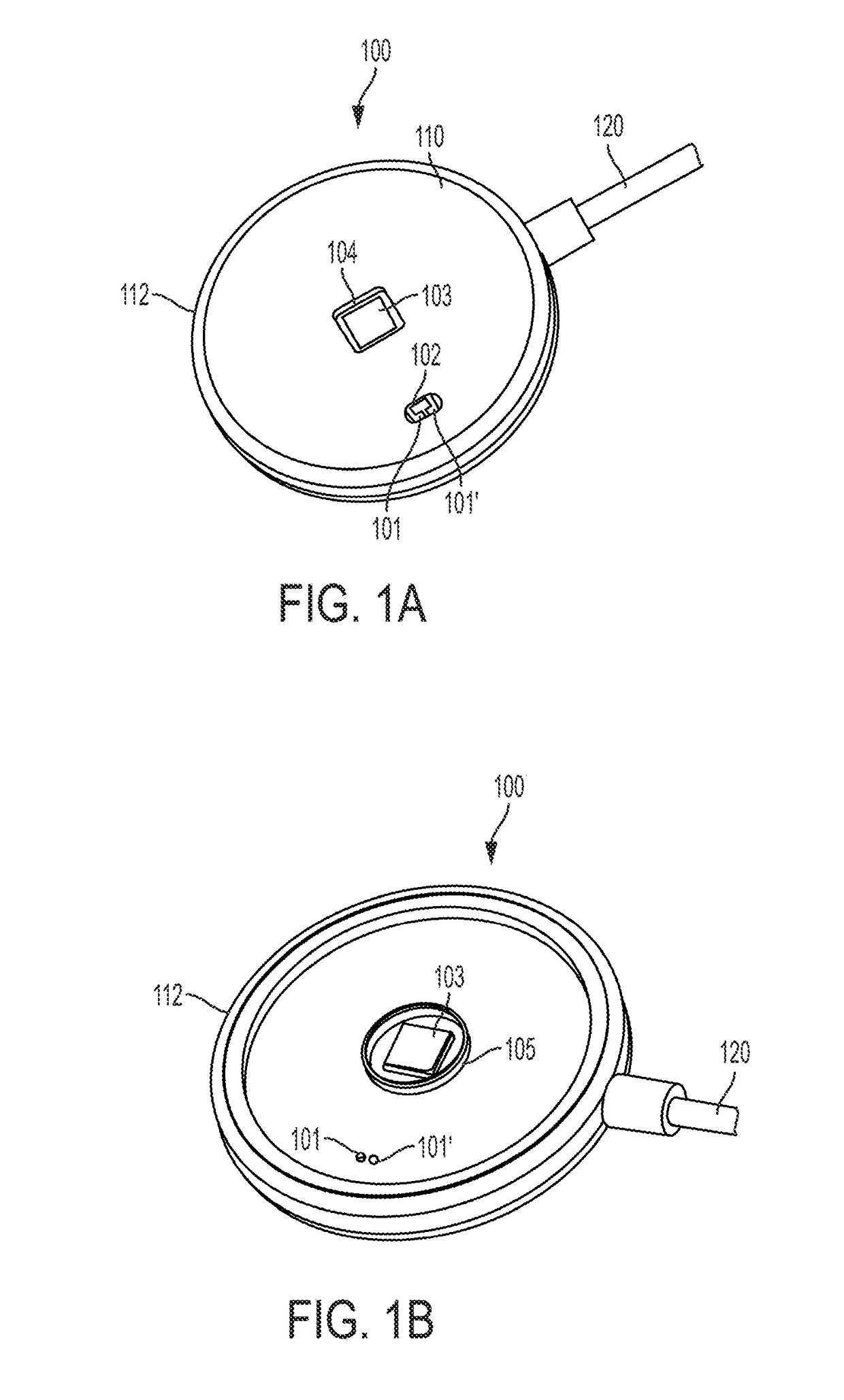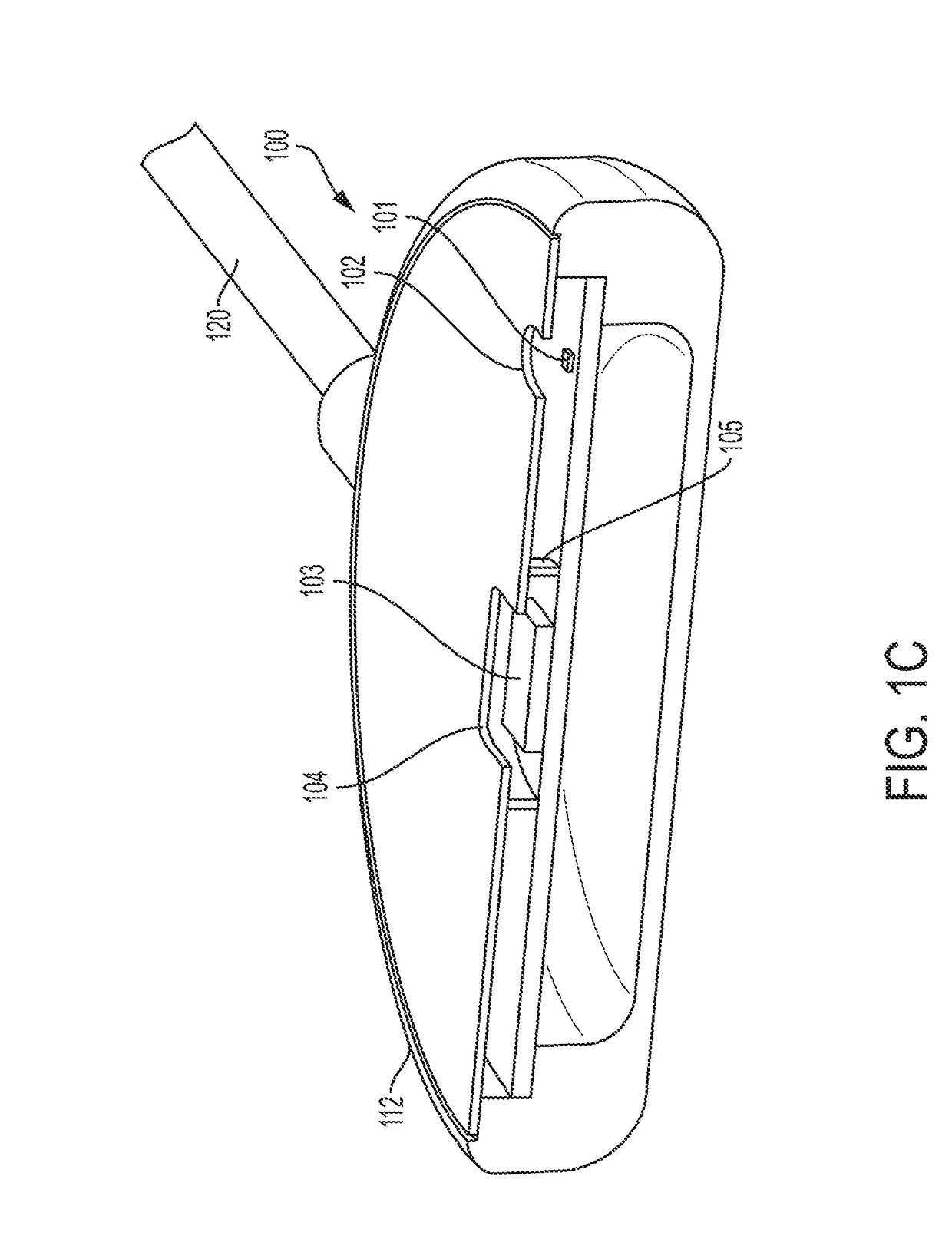Optical physiologic sensors and methods
a physiologic sensor and optical technology, applied in the field of optical physiologic sensors and methods, can solve the problems of not providing the “bottom-line” tissue level insight that has long been missing, oxygen cannot be used, and cannot indicate whether there is enough, or too much, etc., to achieve rapid onset, long duration, and high-force body motions over short periods of time
- Summary
- Abstract
- Description
- Claims
- Application Information
AI Technical Summary
Benefits of technology
Problems solved by technology
Method used
Image
Examples
examples
[0092]Sepsis
[0093]Another example of an application of the disclosed technology is directed to an alternative process for continuous re-evaluation and adjustment of the PI zero. Many potentially useful applications of the disclosed apparatus and methods will start when the monitored subject is not in a healthy, resting state. For example, at the initial presentation of a patient with early sepsis to a hospital emergency department, there is likely already a significant pathologic decrease of the blood perfusion to the skin, resulting in the skin tissue status being within the person's previous anaerobic range; i.e. negative PI value. Simply using the presenting abnormal physiologic conditions to set the PI zero will result in an indeterminate negative deviation of the PI zero relative to that person's previous healthy, resting PI zero. As effective treatment is administered, and the patient's physiologic status improves back toward normal health, the transition between negative PI a...
PUM
 Login to View More
Login to View More Abstract
Description
Claims
Application Information
 Login to View More
Login to View More - R&D
- Intellectual Property
- Life Sciences
- Materials
- Tech Scout
- Unparalleled Data Quality
- Higher Quality Content
- 60% Fewer Hallucinations
Browse by: Latest US Patents, China's latest patents, Technical Efficacy Thesaurus, Application Domain, Technology Topic, Popular Technical Reports.
© 2025 PatSnap. All rights reserved.Legal|Privacy policy|Modern Slavery Act Transparency Statement|Sitemap|About US| Contact US: help@patsnap.com



